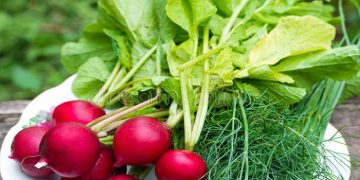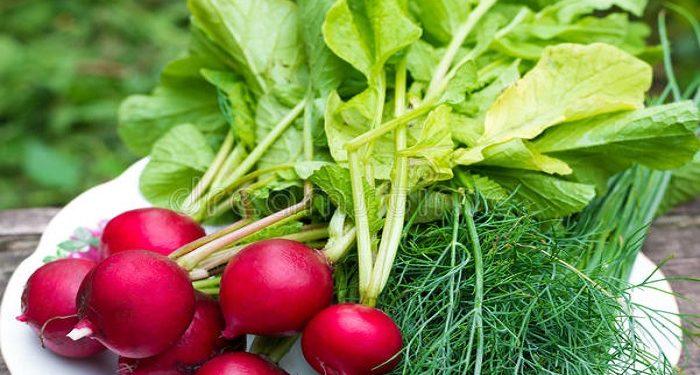#Agriculture #Farming, #Vegetables #Seasonalproduce #Sustainableagriculture #Localagriculture #Environmentallysustainable
As consumers, we are often disconnected from the source of our food and unaware of the seasonality of vegetables. However, eating in-season produce is not only more environmentally sustainable but also tastier and healthier. According to the U.S. Department of Agriculture, different vegetables are in season during different times of the year, and in-season vegetables tend to be fresher and tastier than those that aren’t in season. In this article, we’ll take a closer look at what vegetables are in season in winter and spring.
Winter is the season for root vegetables, which grow underground and absorb nutrients from the soil. This means they are some of the healthiest and heartiest veggies you can find, such as beets, cabbage, and rutabagas. You’ll also find plenty of cruciferous vegetables, tubers, and alliums. Beets, Brussels sprouts, cabbage, carrots, celery, collard greens, kale, leeks, onions, parsnips, potatoes, rutabagas, sweet potatoes and yams, Swiss chard, and turnips are all in season in winter.
Spring vegetables tend to be lighter and colorful, and many have an irresistible crunch. You’ll still find a fair amount of root veggies, but it’s also the season for leafy greens, meaty mushrooms, and zingy radishes. Asparagus, broccoli, cabbage, carrots, celery, collard greens, garlic, herbs, kale, lettuce, mushrooms, onions, radishes, rhubarb, spinach, Swiss chard, and turnips are all in season in spring.
It is important to note that seasonal produce will vary by growing conditions and weather, and it largely depends on where in the country you live. Additionally, some vegetables may have seasons that span several months, like bell peppers, and some are even in-season all year round. On the other hand, others, such as rhubarb, have seasons that are much shorter.
In conclusion, eating seasonal vegetables not only benefits our health and taste buds but also supports sustainable and local agriculture. By choosing in-season produce, we are also reducing our carbon footprint and contributing to a healthier planet. So next time you’re at the supermarket or farmer’s market, be sure to check what vegetables are in season and savor the flavors of fresh, seasonal produce.


































